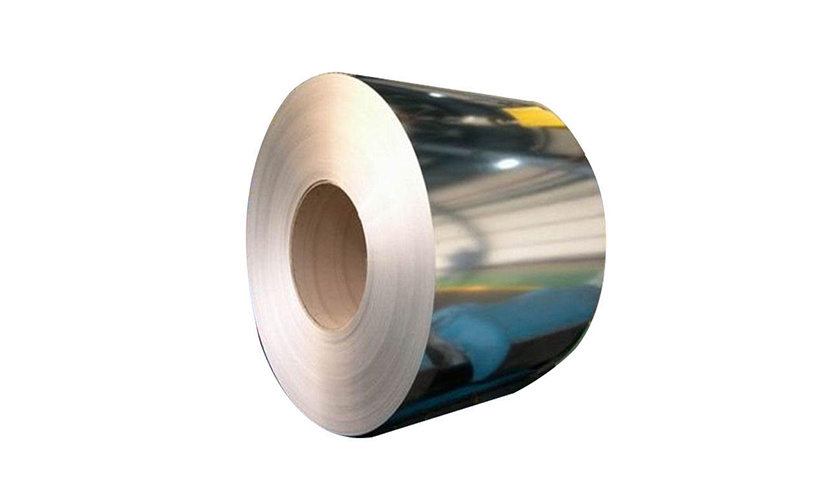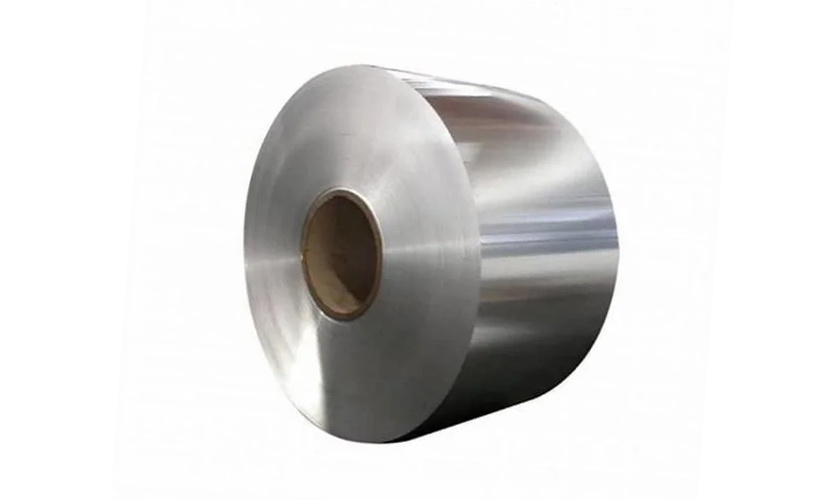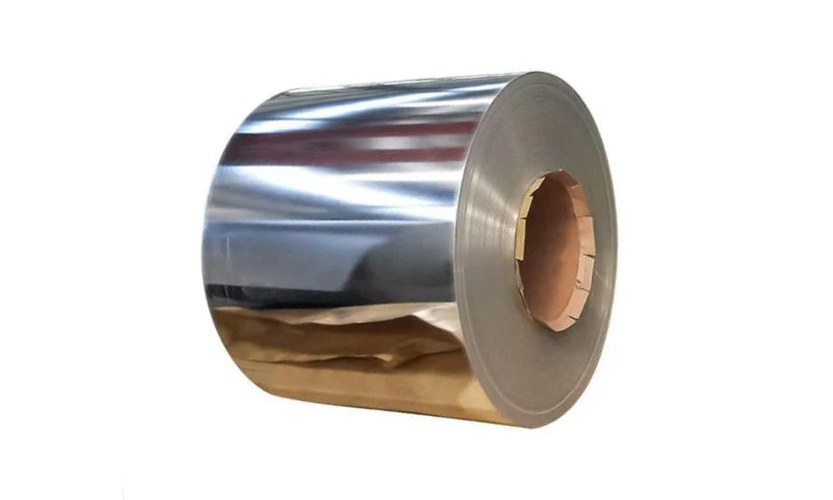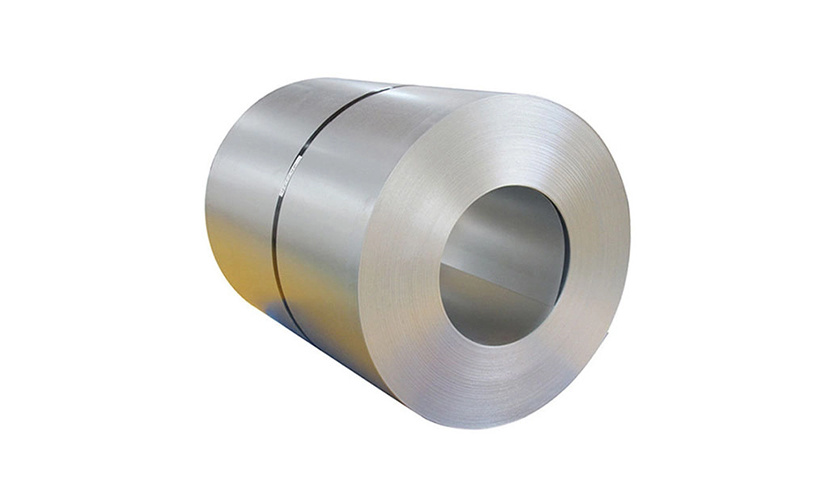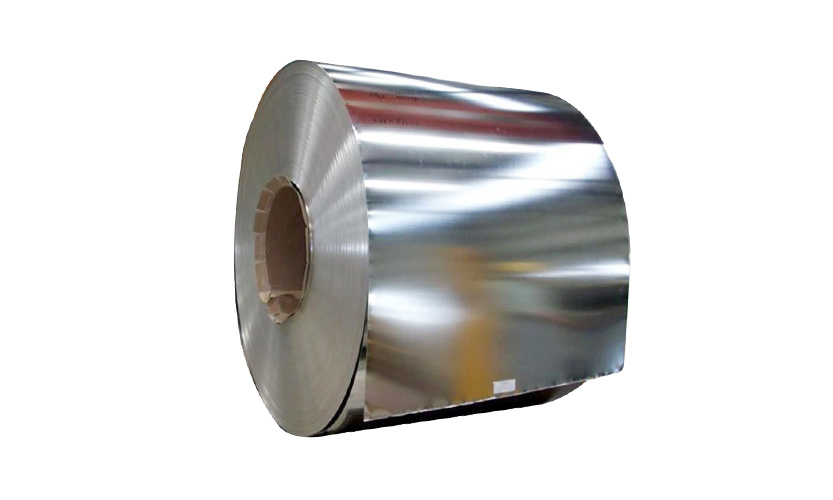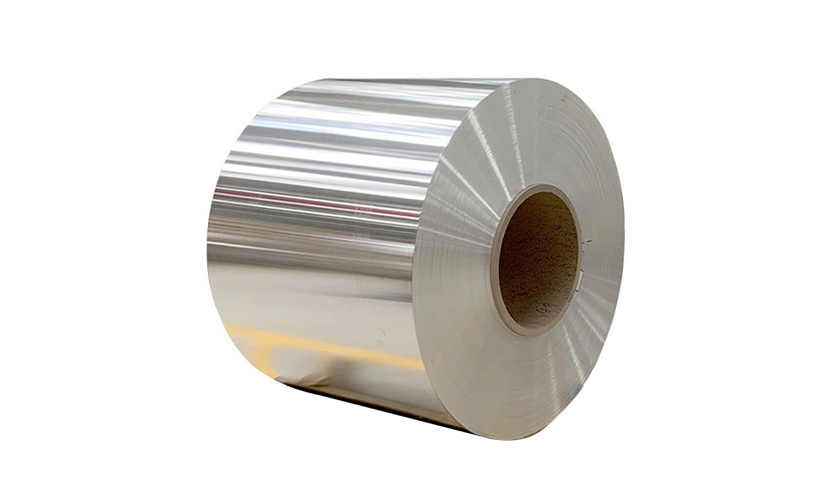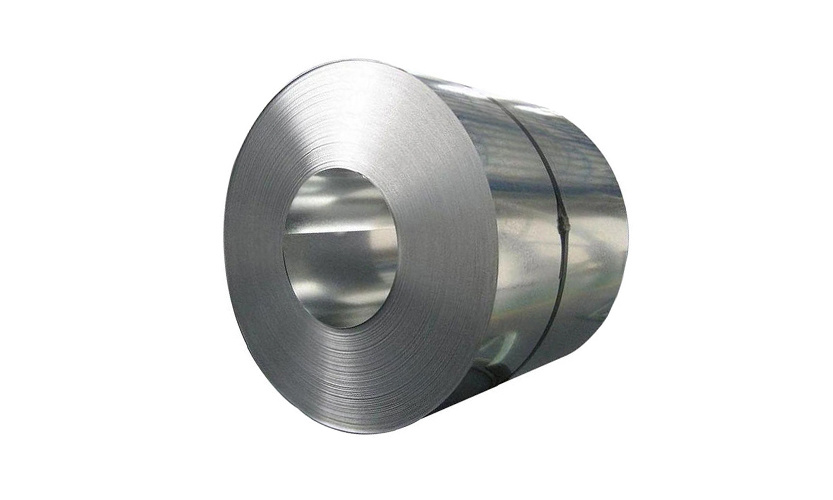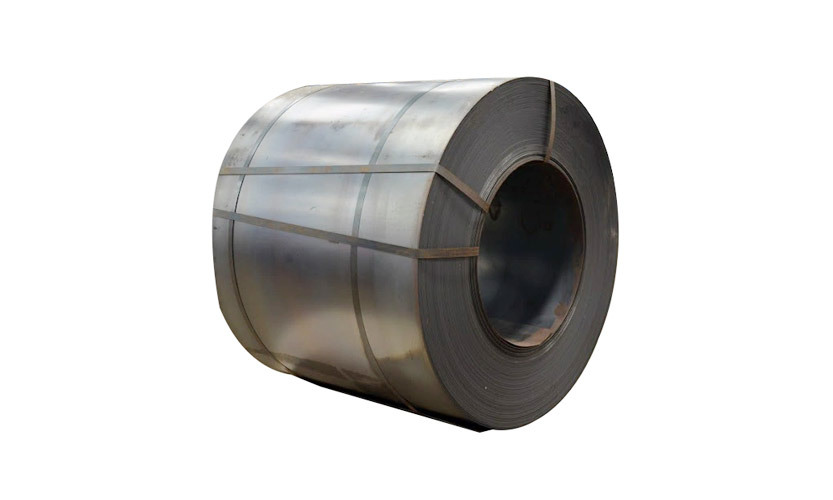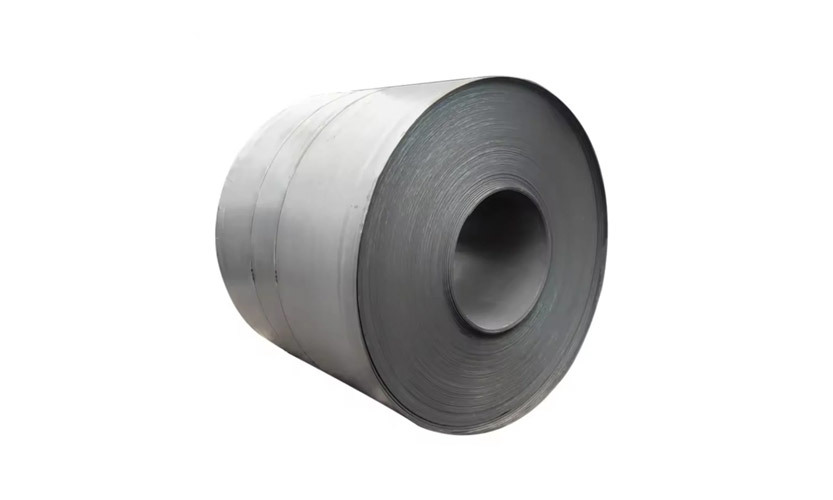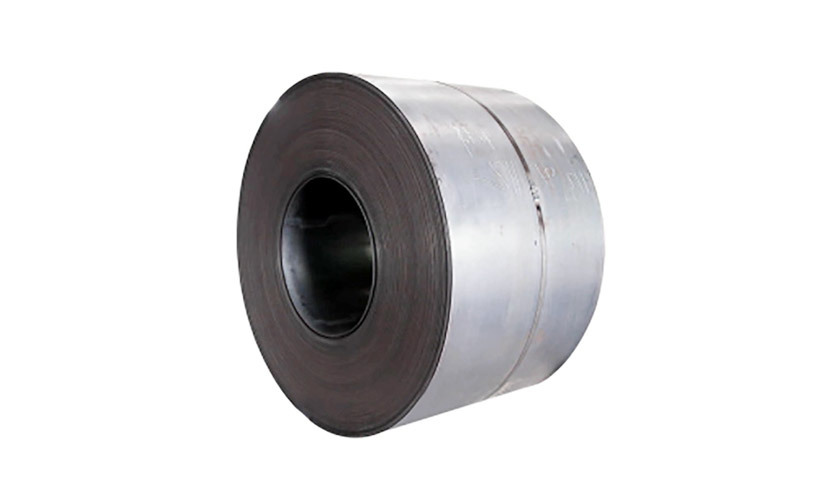PRODUCT CENTER
CONTACT US
If you are interested in cooperation, please contact us immediately, we will give you feedback as soon as possible!
Mobile
Double Reduced Cold Rolled Tinplate Coil
Double reduced product is given a partial cold reduction to reach an intermediate gauge, then annealed and given another cold reduction to the final gauge prior to coating with tin. The resulting product is stiffer, harder, and stronger than single reduced, in some cases, allowing customers to utilize lighter gauge steel in their application.
Electrolytic Tinplate (ETP) Coil
ETP (Electrolytic Tinplate). Low carbon steel coated with tin with a layer between them of steel-tin alloy and destined to be used mainly in the production of metal cans. Tin provides good weldability and electrical conductivity, as well as high corrosion resistance.
Tin Free Steel (TFS) is produced by applying electrolytic chromic acid treatment over steel sheets. This steel product was developed to meet economic requirements, and excels tinplate in paintability, paint adhesion, and economy. It is widely used for making beverage cans and 18-liter cans.
Equal thickness tinplate is a cold-rolled tinplate with the same amount of tin plating on both sides. Tin plated sheet is made by rolling low carbon steel, followed by acid washing, cold rolling, electrolytic cleaning annealing, leveling, edge cutting processing, and then cleaning, electroplating, softening, passivation treatment, and oil coating before cutting into finished tin plated sheet metal.
Differential Thickness Tinplate Coil
Differential thickness tinplate is a cold-rolled electroplated tin plate with different tin plating amounts on both sides. Tin plated sheet is made by rolling low carbon steel, followed by acid washing, cold rolling, electrolytic cleaning annealing, leveling, edge cutting processing, and then cleaning, electroplating, softening, passivation treatment, and oil coating before cutting into finished tin plated sheet metal.
Tin Mill Black Plate (TMBP) steel is manufactured from hot rolled coils by pickling to remove the surface oxide produced during the hot rolling stage, and cold reducing through a cold mill to the desired thickness. TMBP produces a low ductility product that is usually processed further to develop desired end use characteristics.
It is the chemical properties of SPCC that differ from MR type. The Sulphur content is marginally higher as a percentage in SPCC. Using SPCC for general line and MR Type for Food.
ASTM A36 steel coil is one of the most common grades of steel used in structural applications. This mild carbon steel grade contains chemical alloys that give it properties such as machinability, ductility, and strength that are ideal for use in constructing a variety of structures.
A285 Carbon Steel Pressure Coil
ASTM A285 standard is for carbon steel, low and intermediate tensile strength steel coils intended for fusion-welded pressure vessels. The steel coil under ASTM A285 ranges in three grades, A, B and C, most common use is ASTM A285 Grade C coils.
ASTM A387 steel coil is chromium-molybdenum steel for pressure vessels for elevated temperature service. ASTM A387 steel coil include ASTM A387 Grade 5, Grade 9, Grade 11, Grade 12, Grade 22. Each A387 grade is divided into 2 class: class 1 and class 2.


